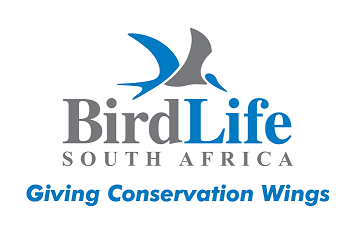CAR summary data
Habitat and noted behaviour
Sightings per Kilometre
Please note: The below charts indicate the sightings of individuals along routes where the species has occured, and NOT across all routes surveyed through the CAR project.
Global Status


IUCN Data (Global)
IUCN 2024. IUCN Red List of Threatened Species. Version 2024-1
(www)Assessment year: 2024
Assessment Citation
BirdLife International 2024. Ortygornis sephaena. The IUCN Red List of Threatened Species 2024: e.T22678752A263653531. Accessed on 22 December 2025.
Taxonomic notes:
Previously (del Hoyo and Collar 2014) listed as
Dendroperdix sephaena, before which it was placed in
Francolinus, but moved to current genus following Kimball
et al. (2021). Believed to hybridize extensively with
Pternistis swainsonii in Limpopo Province of N South Africa (Engelbrecht and Grosel 2007). Subspecies
rovuma has been considered a separate species, but differences from others are rather few and not great (underparts sparsely but entirely spotted, whereas spotting in other taxa stops at breast); it hybridizes extensively with
spilogaster in Kenya, a tendency sometimes attributed to anthropogenic habitat loss. Additional proposed subspecies are
somaliensis (here included in
spilogaster),
schoanus,
ochrogaster and
delutescens (synonymized with
grantii),
jubaensis (subsumed within rovuma), thompsoni, chobiensis and mababiensis (in zambesiae) and
zuluensis (in nominate). Some uncertainty about ranges of different subspecies in Horn of Africa, with division between
spilogaster and
grantii in Ethiopia not known, and some suggestions that in Somalia
grantii or
rovuma or both may occur, whereas others place all Somalian populations in resurrected subspecies
somaliensis (Ash and Miskell 1998). Five subspecies recognised
.Population:
The global population size has not been quantified, but the species is reported to be locally common to abundant throughout its range (del Hoyo et al. 1994). The population is suspected to be stable in the absence of evidence for any declines or substantial threats.
Rationale:
This species has an extremely large range, and hence does not approach the thresholds for Vulnerable under the range size criterion (Extent of Occurrence under 20,000 km² combined with a declining or fluctuating range size, habitat extent/quality, or population size and a small number of locations or severe fragmentation). The population size has not been quantified, but it is not believed to approach the thresholds for Vulnerable under the population size criterion (under 10,000 mature individuals with a continuing decline estimated to be over 10% in ten years or three generations, or with a specified population structure). The population trend appears to be stable, and hence the species does not approach the thresholds for Vulnerable under the population trend criterion (over 30% decline over ten years or three generations). For these reasons the species is evaluated as Least Concern.
Trend justification:
The population is suspected to be stable in the absence of evidence for any declines or substantial threats.
Trade use:
This species has been reported as used in trade at a low prevalence, being found in one of the seven trade datasets evaluated (Donald et al. 2024).


 Login
Login


